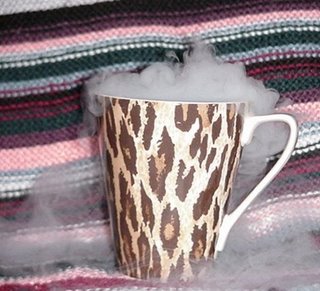Currently the Ontario Government is forcing sweeping cuts to how pharmacists are compensated. One flashpoint is how prescription drugs are priced. There is a perception that drugstores are cash cows. The reality is very different.
Basic pricing on a prescription is as follows: Drug cost at manufacturer cost+8%+dispensing fee.
This seems fairly clear. However, the cost at the manufacturer level is not the same price I can buy the drug at for sale in my store. I must pay a wholesaler their cut. So, if a drug costs $5 a bottle, I pay $6. My 8% markup is based on the $5 price. So my profit has started to erode. The dispensing fee is the cost to fill the prescription. It was put into place many years ago for the simple fact that the pharmacist pays the same level of attention to a drug that costs $1 as to a drug that costs $400. So the 'real' profit may be considered to be in the dispensing fee.
The dispensing fee the government pays is $7. The actual cost of dispensing a prescription is around $14. An average pharmacy in Ontario does over half their business with ODB (Ontario Drug Benefit)
Where does this other $7 come from? Basically, from professional allowances. These are, in essence, bulk discounts. The manufacturer says "buy $X worth of drugs and we will give you $Y in rebates.
More on that tomorrow. Otherwise this post will be waaaaay too long!
Tuesday, April 13, 2010
What is a Dispensing Fee?
2010-04-13T22:40:00-04:00
Carol
pharmacy|
Subscribe to:
Post Comments (Atom)

















